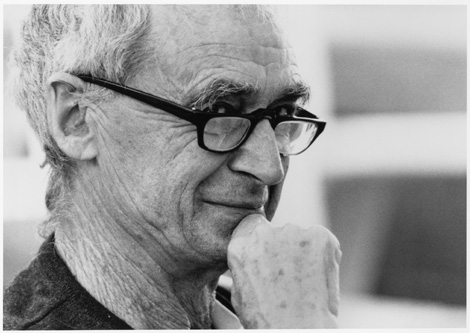
Carter adds: “The exhibition demonstrates how the topography of Arizona’s canyons, as well as the scarcity of water and abundance of sunlight in our desert, informs Soleri’s bridge designs.”
The designs are beautiful, graceful and visionary, but none have been constructed until now. Still, this is historically consistent and not discreditable to Soleri, explains John Meunier, AIA, former dean of what was the College of Architecture and Environmental Design at Arizona State University, 1987–2002.
“Since the Renaissance, most bridges have not been designed by architects but by structural engineers, so they have been primarily technical marvels whose scale and economy have evoked admiration,” he explains.
“Soleri is an architect, so his bridges have also aesthetic and symbolic value,” he adds, noting that Spanish architect/engineer Santiago Calatrava, whose designs include the extraordinary addition to the Milwaukee Art Museum, has recently completed some bridges that have the qualities that Soleri's bridge designs have shown for more than a half century.
Presentations and discussions on Soleri plus expert guided tours of the exhibition follow the noontime Dec. 11 bridge dedication. These are coordinated by Phoenix resident Alison King, who founded the Web site and organization ModernPhoenix.net, which celebrates the Valley’s midcentury design history.
These events begin with the 2:30 p.m. keynote lecture by Alan Hess, architectural critic and author of Organic Architecture: The Other Modernism. Held in Stage 2 Theater inside the Scottsdale Center for the Performing Arts, “Organic Architecture and the Work of Paolo Soleri” will discuss Soleri’s work in the national context of organic architecture, including the endangered Paolo Soleri Amphitheater at Santa Fe Indian School.
At 3:30 p.m., also in Stage 2 Theater, King has invited four architects to discuss “Soleri’s Principles in Action,” in a panel format, facilitated by Tim Rodgers, Ph.D., SMoCA director, and introduced by King.
The participants are Phoenix architect Will Bruder, AIA, a disciple of Soleri and architect of SMoCA; Meunier, professor of Architecture in the School of Architecture and Landscape Architecture at ASU’s Herberger Institute for Design and the Arts; Jeffrey Stein, dean of Boston Architectural College, and Peter Zweig, FAIA, professor of Design at the University of Houston.
Admission is free to both lectures, but reservations are required. Reserve free tickets by calling 480.994.ARTS (2787) ext 2.
At 5 p.m., at SMoCA, Cosanti Foundation Director Tomiaki Tamura and Claire C. Carter will lead free public tours of the exhibition. The following day, Dec. 12, docents will also lead exhibition tours, free with paid museum admission.
“Paolo Soleri has been a towering figure in architectural and environmental creative thinking, but he is primarily known through his bells and his publications,” Meunier continues, referring to the signature windbells available at Cosanti.
“It is fitting that there should be in Scottsdale and Arizona, in a highly accessible and public place, a late example of his work that the public can experience and appreciate in a complete way, and that might persuade them to find out more about him and his important ideas.” 480.874.4666, www.smoca.org; www.scottsdalepublicart.org.
